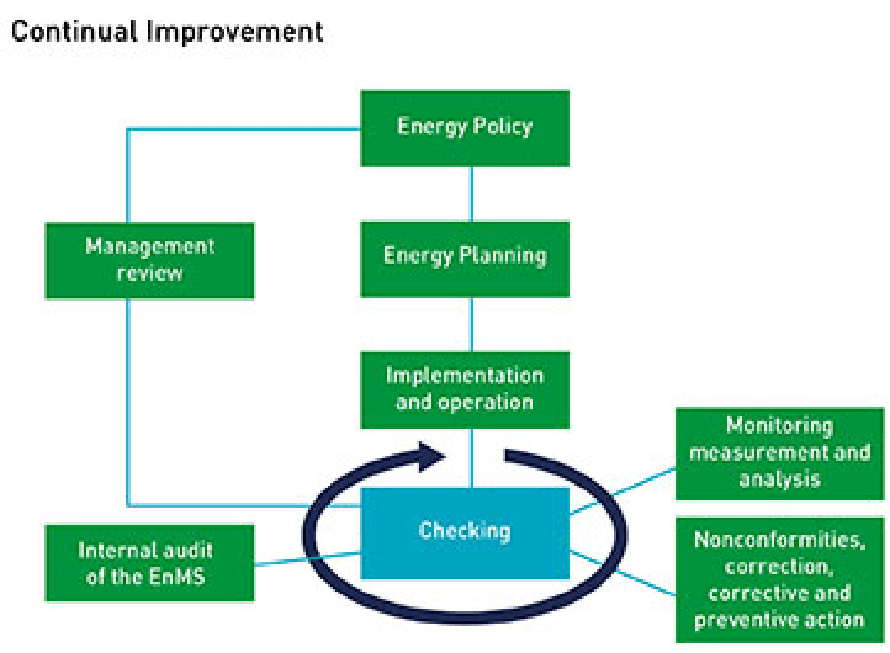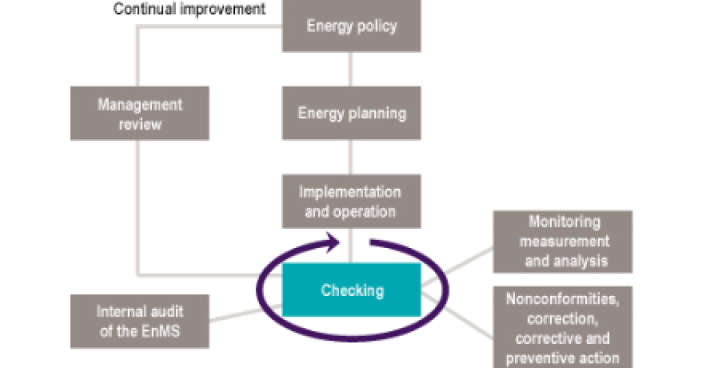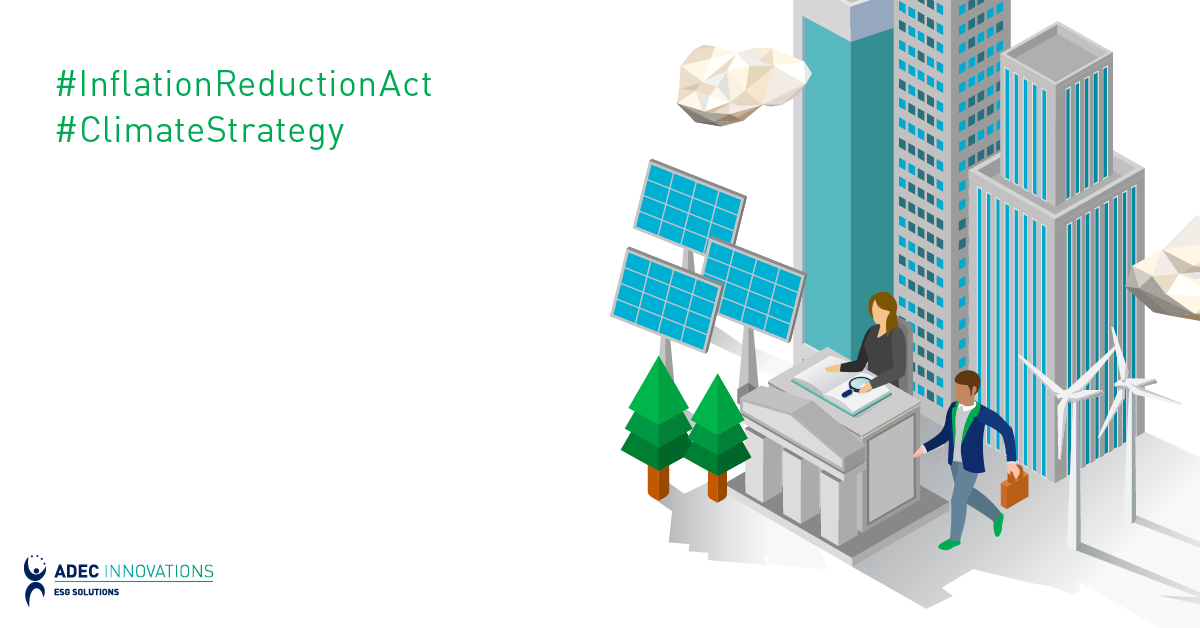The answer is a resounding yes! Unfortunately, many businesses are still unaware of the real benefits that result from energy management. Despite retrofit projects and other ongoing conservation measures, energy management is required to fully realize reduced costs.
Energy management is taking control of the two types of energy required to operate your business; the “building” energy and the “business” energy. Building energy is the lights and HVAC (heating, ventilation & air conditioning) systems. Business energy is required to make a profit. This is the energy that operates process or manufacturing equipment, computers, copiers and coffee makers. The difference between them is control. Consider building energy to be overhead expense and business energy to be a cost of goods or sales. Both require attention but knowing how much attention to be given to each is the key to realizing reduced energy costs. For example, lighting and compressed air are the two greatest energy expenses for most manufacturers. Compressed air is used entirely in the manufacturing process where as lighting is on regardless of whether business levels are up or down. Without energy management, the business is at the mercy of the staff operating the equipment. With energy management, the plant operators can respond to slower business by managing the equipment by circuit, turning off or load shifting the heavier loads, and finding opportunities to improve efficiencies.

Why manage energy? If you can, why wouldn’t you? Most businesses manage payroll, time, transportation costs and raw materials, so why not energy? Remember the business adage, “You can’t manage what you don’t measure.” Today, the ability to manage energy at a basic level is very inexpensive and very convenient. Some think that by simply installing a programmable thermostat is already managing the energy being used during the cycles required to heat and cool a specific area of a building. However, true energy management goes further.
For the smartest companies, conservation measures only occur as a result of energy management; testing before they buy in essence. Energy management analytics reporting provides real-time data but also the ability to plot anticipated results from a retrofit or other conservation measure. Case in point, a typical energy management system would manage all of the thermostats in the building, eliminating the need for several heating and cooling systems from running simultaneously in a single building. Meters managed by an analytics software monitors different circuits individually using current transformers, converting the data into understandable reports. Many energy management systems also provide an alert package, advising key staff when circuits are running too hot or not enough. For example, imagine the situation of a pump failing and not being notified before it fails. You can respond to the problem before any inconvenience to the building users as well as a major and costly repair.
In most instances, when an energy management system is integrated into a building, there is an initial 8-10% reduction in energy consumption. This is simply the result of actually knowing where energy is being consumed and waste or leaks are discovered and eliminated almost immediately.
Humans are ultimately responsible for the majority of energy consumption on the planet. We must be heated or cooled, require lighting, use things with plugs attached to them, and yet we are irresponsible when it comes to managing energy. Because energy is invisible, it is ignored or taken for granted that it is there. No one ignores a water tap running. If electricity made noise, glowed or had an odor, imagine the action we would take to manage our use. To take the next step in energy management, click the button below and begin the path to taking control of your energy bill:





